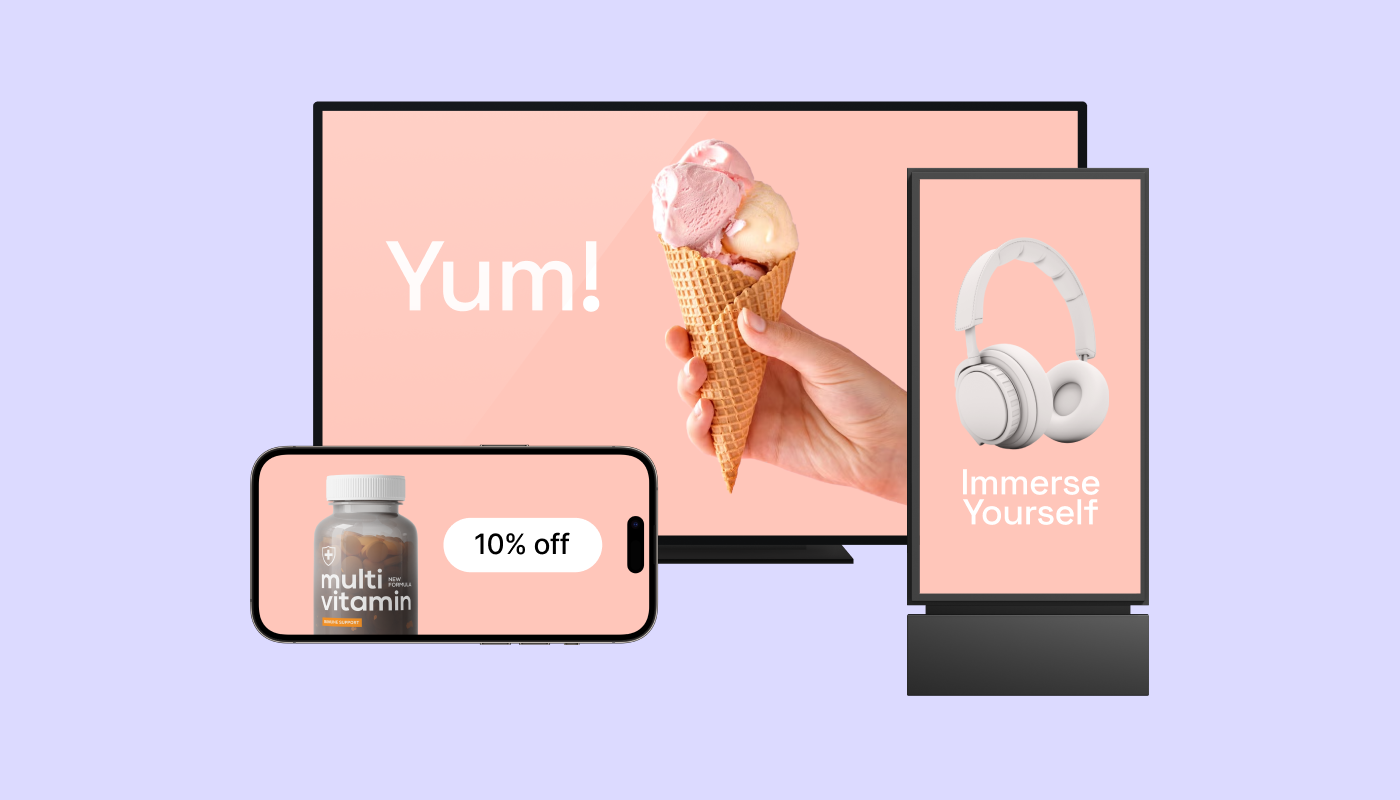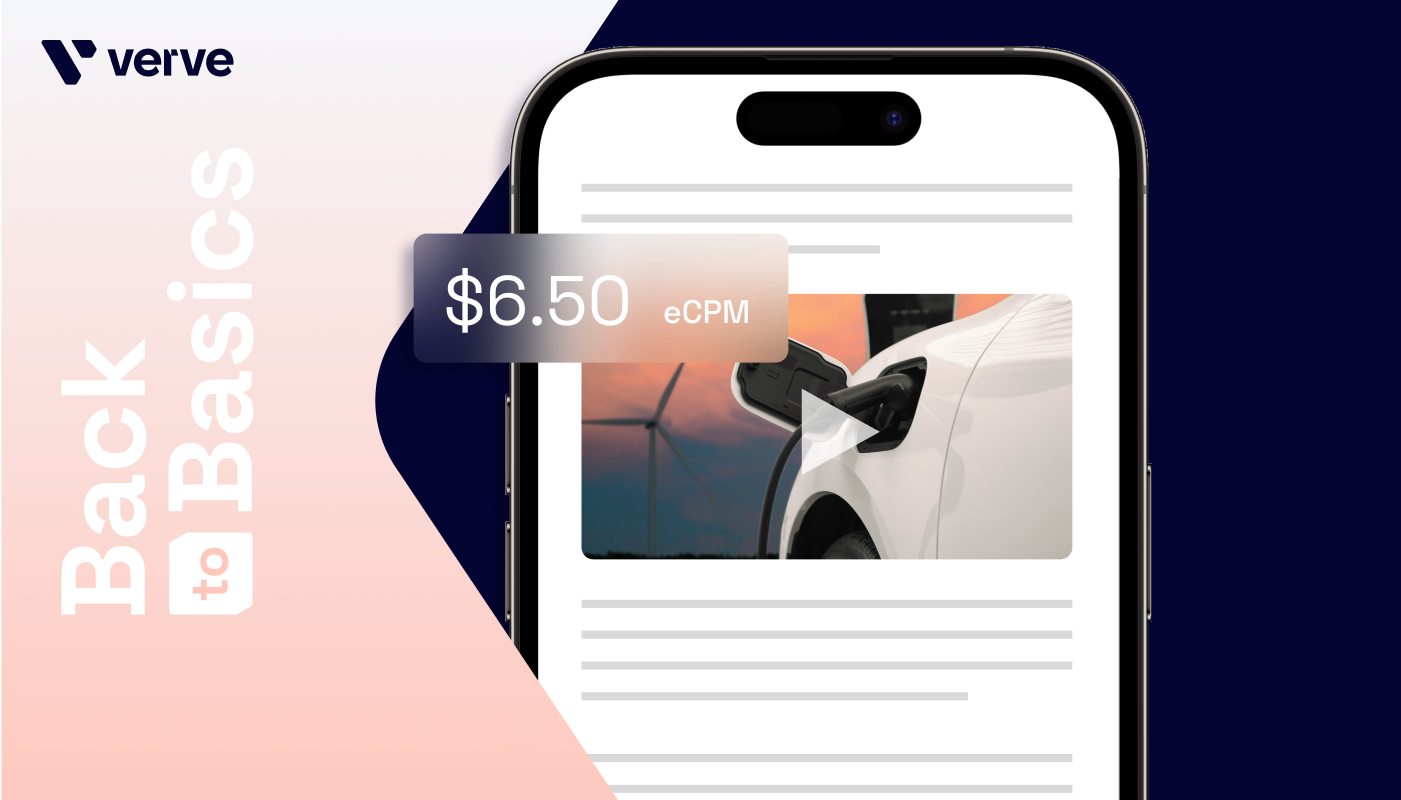Walled gardens used to be the ultimate playground for advertisers, offering easy attribution, massive reach, and a steady flow of conversions. But times are changing. As these platforms adjust their policies to prioritize profits, advertisers are facing rising costs, limited visibility, and concerns over brand safety. Now is the time to explore how to expand your media mix for greater control, transparency, and cost-efficiency — ensuring your advertising strategy remains both effective and future-proof.
The problem with today’s walled gardens
We currently find ourselves in the middle of a transition of both social platform management and user behavior. While Meta has long been a powerhouse in ad monetization, its dominance over advertising budgets is getting out of sync with where users are actually spending their time. Last year, Meta accounted for 21% of total US digital ad spend but only 7.5% of users’ time spent with digital media.
If you’re still questioning whether these ecosystems are worth the investment, here’s why you should reconsider your options:
Unreliable measurement and attribution
Platforms like Meta and Google built dominance by making last-touch attribution seem effortless, attracting direct-to-consumer brands and performance marketers who saw quick, measurable conversions from their ad spend. But last-touch was never perfect as it often over-credited platforms while ignoring the full customer journey.
Now, privacy changes like ATT and cookie deprecation have disrupted traditional tracking, making past attribution methods less reliable. Advertisers are adapting with server-side tracking, modeled conversions, and first-party data strategies. Meanwhile, walled gardens continue to offer their own measurement solutions, though transparency remains a concern.
To navigate this shift, brands must embrace holistic metrics like incremental sales lift and media mix modeling, longstanding industry standards.
Soaring ad costs
Advertising within today’s most powerful walled gardens is more expensive than ever, forcing advertisers to rethink their strategies. Take Facebook Ads for example: 2024’s average CPM hit $8.96, marking a 36-69% increase over any of the previous four years.
This steady rise in costs isn’t just a temporary fluctuation — it’s a reflection of increasing competition, limited premium inventory, and platform changes that make it harder for advertisers to achieve the same level of performance without spending more. For brands that rely on precise targeting and measurable ROI, these higher costs — coupled with diminishing tracking capabilities — raise a critical question: Is the return still worth the investment?
Brand safety risks
It is crucial for brands to know what kind of content their ads are appearing next to. As social platforms scale back content moderation, advertisers that continue to spend on these platforms risk appearing alongside controversial or harmful content. The good news? This is not a risk that you have to take. Scalable, targeted advertising in a brand-safe environment is possible — it’s just becoming a lot harder to find it in legacy walled gardens.
“The call is coming from inside the house: Walled gardens were once trusted for keeping ‘dangerous’ content away from brands, but these platforms are now havens for risky user-generated content. Luckily, there are safe and effective alternatives available for advertisers.”
– Grant Gudgel, SVP Marketing at Verve
What to consider when expanding your media mix
If you’re concerned about the rising costs and risks now associated with advertising within walled gardens, then now is a great time to begin testing alternative channels. By diversifying your ad spend, you can test the efficacy and efficiency that different kinds of inventory have to offer. Apps on mobile and connected TV are one such alternative that can offer a more controlled and cost-effective advertising environment, and here’s why:
ID-less targeting
With privacy regulations tightening, ID-less targeting offers a way to reach audiences without device IDs or cookies. Instead of tracking individuals, it uses contextual analysis, on-device processing, and cohort-based segmentation to deliver relevant ads while protecting user privacy.
Though often linked, ID-less targeting is broader than contextual targeting. While contextual places ads based on content, ID-less solutions integrate AI-driven insights and first-party signals for smarter attribution and audience reach. As tracking restrictions grow, ID-less solutions provide a scalable, privacy-safe future for advertisers.
Built-in brand safety
Brand safety is practically baked into mobile in-app and CTV advertising. How? Every app goes through a vetting process before it ever hits an app store or CTV platform. Placements are never blind; rather they run in controlled, transparent environments. Plus, users have already opted in to using the app, adding another layer of security.
Buying direct inventory provides even more control over ad placements. For example, Verve’s pre-packaged deals enable you to access brand-safe, premium inventory to your key audiences, verticals, and channels.
SPO for maximum efficiency
Walled gardens operate like black boxes, making it difficult for advertisers to see exactly where their money goes. Savvy traders will turn to ad exchanges that prioritize supply path optimization (SPO), providing direct access to high-quality inventory with fewer intermediaries. The result? Less waste, lower fees, and more control over bidding and ad placement.
How to audit your media mix
Walled gardens are being scrutinized for their diminishing returns and lack of transparency. To navigate this shift here are some proactive steps to transition media spend:
Step 1: Conduct a thorough audit
Transitioning your programmatic buying strategy starts with an honest audit of your current ad spending. Key questions to ask include:
• Is your ROI still meeting expectations?
• Are costs escalating while transparency and control are decreasing?
• Are there discrepancies between reported metrics and actual business outcomes?
If the answers to these questions point towards inefficiencies, then it’s time to diversify your strategy.
Step 2: Explore new channels
With the right partner, testing mobile in-app and CTV advertising can be simple. During your testing, compare the reach, engagement, and cost efficiency against your current walled garden buys.
Step 3: Embrace ID-less targeting
It’s not just a privacy-friendly approach, it’s a future-proof strategy. With data restrictions continuing to tighten, ensuring that your campaigns aren’t dependent on outdated tracking methods will keep you ahead of the game.
Ready to get started?
Transitioning away from walled gardens will require a strategic and proactive approach. Are you ready to explore the future of programmatic buying? Let’s talk.








